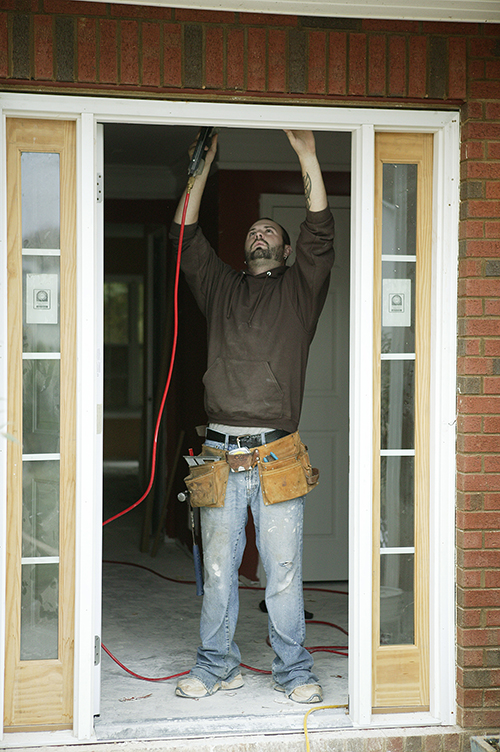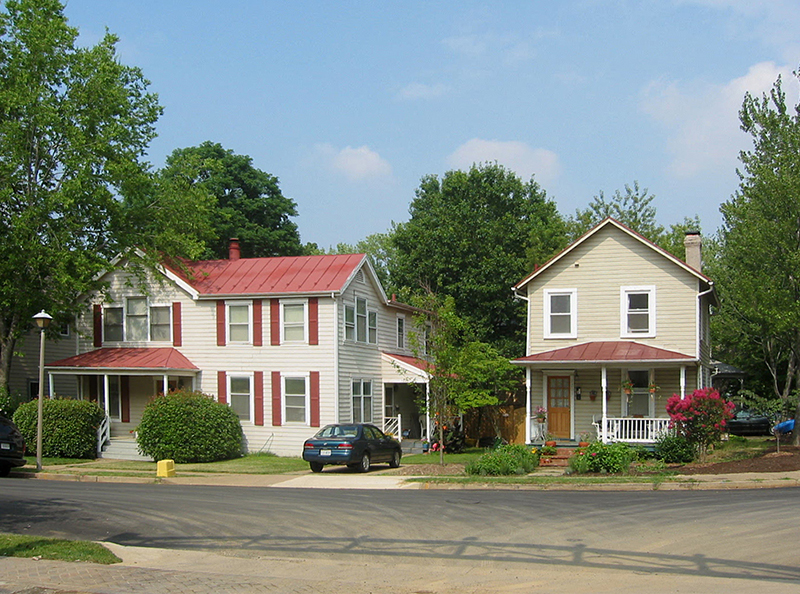What You Need to Know Before Getting a Rent-To-Own Home
Getting a rent-to-own home is one of the options that you have if you wish to get a house, but you’re not yet financially prepared to purchase one. The terms of these contracts vary from one state to another. This is why you should know the ins and outs of this option if you’re considering getting one.
Aside from the financial concerns, those who are not yet decided if they wish to live in the place permanently may consider a rent-to-own property. This is also true for those who are still not sure if they can afford or take the responsibility of owning a house. In case you’re considering this option, here are important things that you need to know to help you in making your decision.
Paying Option Money
Also called option consideration, this is a one-time payment that you will give the seller. This will give you the option to purchase the property after the lease ended. The lease period varies although it’s usually within three years. This depends on what you have agreed upon with the seller. The amount option also differs, but it is often 7% of the house’s purchase price. It’s important that you hire a professional lawyer specializing in real estate contracts to ensure that it is a lease purchase option. Not having the word “option” in your contract can make a big difference because this would require you to purchase the property once the lease is over. Having the option will give you the right to purchase the property, but you will not be required to do so if you decide not to make the purchase.
Monthly Rental
With rent-to-own, you will still be paying for a monthly rental like in a regular rental setup. The monthly payment would depend on what you and the seller have agreed upon. Most of the time, a specific percentage of the rental payment would be credited. The rental amount can be negotiated as it would still be the seller’s decision on how much the rate would be.
Cost of Purchase
This is the amount that you will pay once the lease has ended and you decide to purchase the home. This will be included in the rent-to-own contract so you would know beforehand how much you will pay in case you end up deciding buying the home. That is if you decide to lock in the price of the house based on its current value in the market. There’s also the option not to lock the price and purchase the home base on its value in the market on the purchasing period. Both of these options have their pros and cons. By locking in the value of the home, you’ll know the specific amount that you would need so you would probably have a better idea if this is something that you can afford upon lease ending. The drawback is that its value may depreciate by the time the lease ends, which means you could have paid a lower price. On the other hand, not locking on the market value upon the start of lease would save you cash if its value depreciates, but if it gets higher; then you will be paying more.
Property Maintenance

Austell, Georgia, November 2, 2009: A contractor making repairs to a home flooded during the severe storms and flooding in September 2009. David Fine/FEMA
This is another thing that you should clear up with the seller. There may be something that needs to be fixed or replaced in the house like a damaged roof, wall or windows after some time. Will the seller be responsible for the maintenance or does the maintenance cost has to come out of your pocket?
Consider these factors if you’re thinking of having a rent-to-own home. See if this is something that would give you more benefits than drawbacks.
Photo Attribution:
Featured and 1st image by Brett VA [CC BY 2.0 (http://creativecommons.org/licenses/by/2.0)], via Wikimedia Commons
2nd image by Jericho [CC BY 3.0 (http://creativecommons.org/licenses/by/3.0)], via Wikimedia Commons
3rd image by David Fine (This image is from the FEMA Photo Library.) [Public domain], via Wikimedia Commons


